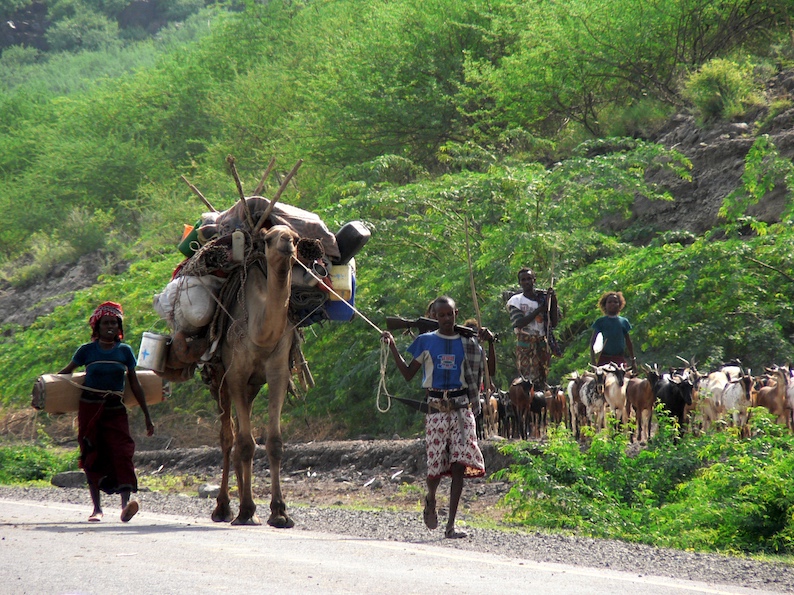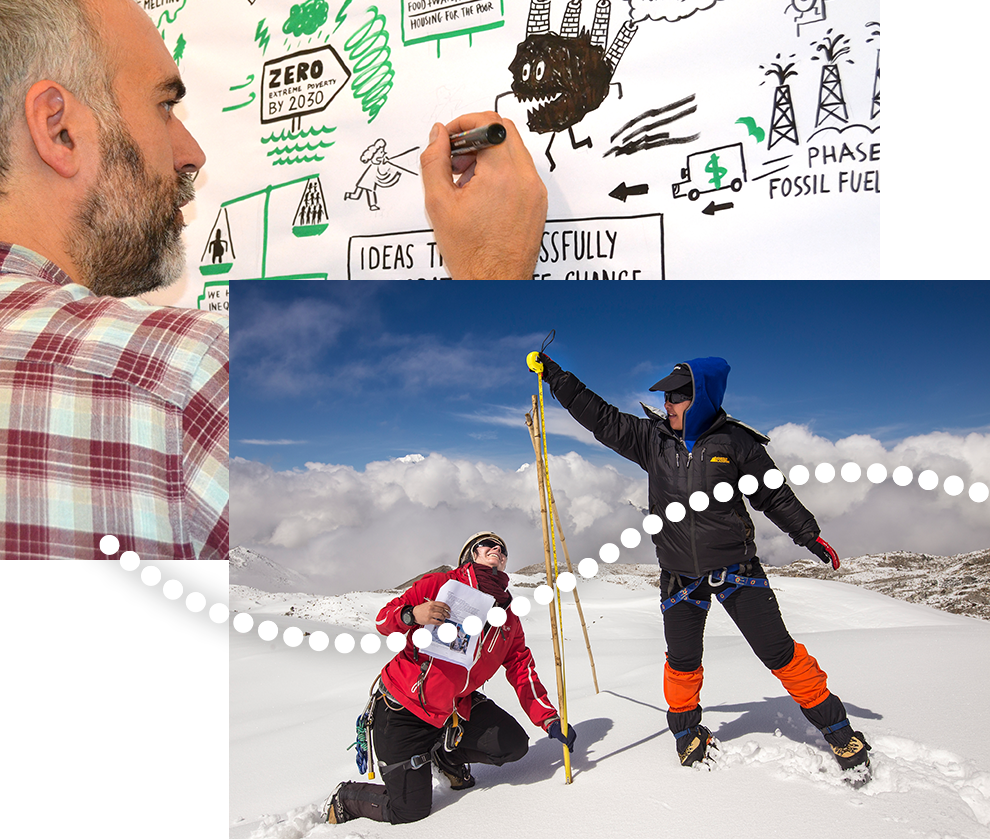Human Adaptation to Invasive Species: A Conceptual Framework Based on a Case Study Metasynthesis

Introduction
Species invasions are a major driver of ecological change, are very difficult to control or reverse, and will increase with climate change and global trade. Invasion sciences consider how species in invaded environments adapt, but neither scientists nor policy makers consider human adaptation to invasive species and how this affects ecosystems and well-being, much less given other stressors forcing adaptation, such as climate change.
To address this, a framework* conceptualising autochthonous human adaptation to invasions was developed based on the Human Adaptation to Biodiversity Change framework and a case study metasynthesis. Results show that adaptation occurs within different spheres of human activity and organisation at different social-ecological scales; responses have feedbacks within and across these spheres. Adaptation to invasives and other drivers is a set of highly contextual, complex, non-linear responses that make up pathways pursued over time. Most invasive species management and adaptation occurs ‘from below,’ and policies and planned control efforts should support autochthonous adaptation, rather than undermining it.
Autochthonous adaptation is a new concept advanced in this article*. Autochthonous means native to a place, or native to or produced within a system. It has four fundamental dimensions: 1) It is deliberate; 2) it refers to individuals and small groups of individuals; 3) it is specific to the locality—specific environmental, social and cultural conditions that prevail in specific places where people live and act, and 4) it occurs within a local system, which is affected by multi-scalar drivers and feedbacks—thus, it is not independent of external influence or input.
*This weADAPT article is an abridged version of the original text, which can be downloaded from the right-hand column. Please access the original text for research purposes, full references, or to quote text.
Methods
The Human adaptation to invasive species (HAIS) framework and results are based on a qualitative case study metasynthesis, which permits comprehensive analysis of a topic as well as the development of theoretical models (or conceptual frameworks) based on primary study findings.
The information source is qualitative case study research, which investigates and analyses single or bounded multiple cases to capture complexity in real-life situations. This review applied qualitative content analysis, which systematically classifies and codes textual data, allowing identification of themes or patterns. Case studies were selected that met the criteria presented in Table 1.

Key findings
A single conceptual framework was developed but, to achieve greater clarity, it is presented as two components.
The first (Fig. 1) captures invasion and adaptation drivers and interlocking adaptation spheres. These adaptation spheres include: invasive control and management, household-level adaptation, resource system-level adaptation, and micro and meso-level adaptation.

The second (Fig. 2) captures interactions and feedbacks across these spheres in space and time, including types of adaptation, adaptation pathways and social-ecological system outcomes.
A fuller understanding of autochthonous adaptation to invasive species must inter- relate these two components.

Adaptation types include: Mobility (resource tracking, migration, resettlement, sedentarisation), Diversification (ecological, subsistence, wage, enterprises), Asset reallocation (pooling, individualisation), Species shifts (new invasive uses, switched species, market sources), Resource use intensity (intensification, deintensification, both), Revitalisation (governance/culture, conservation, restoration), and Transformation.
Lessons Learnt
- Invasions drive rapid biodiversity change at local scales.
- Not only the invasive species, but as well other environmental, economic, socio-political and technological drivers create the conditions for invasibility and spread, influence impacts, and shape human adaptation and feedbacks.
- In adapting to invasive impacts, people manage invasives and resource systems in ways that increase or mitigate invasions and their impacts, and that create further ‘novel disturbances’ affecting invasibility and invasion dynamics.
- Adaptation also alters human relations and well-being, which feeds back at different scales into management, ecosystem dynamics and well-being in a complex, non-linear fashion.
- Different social groups adopt different adaptation types and pathways that are historically shaped and vary depending on contextual factors such as severity of invasion impacts and possibilities for invasive control and management, including for benefit.
- Adaptation pathways intersect in space and time and generate diverse feedbacks that strongly affect social-ecological outcomes.

(0) Comments
There is no content